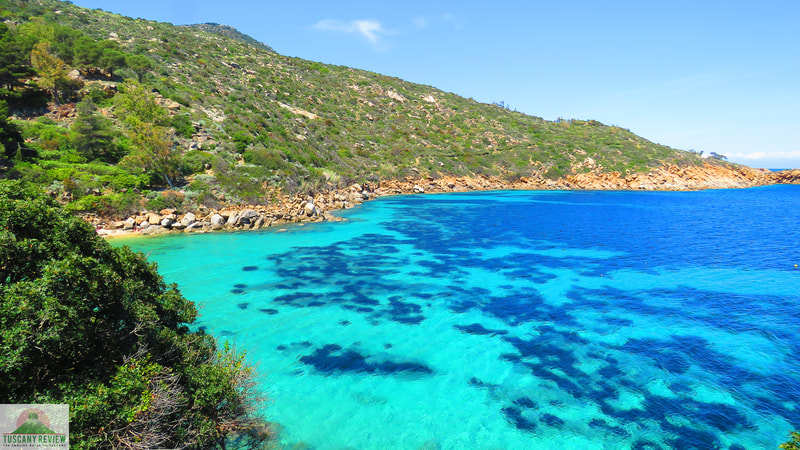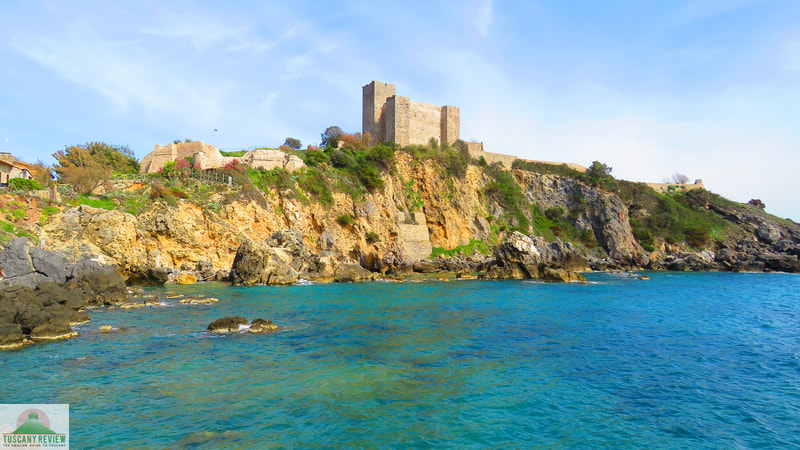Maremma
|
By Dion Protani
|
Latest update: 17 January 2024
|
|
The Maremma is a coastal region on Tuscany's Tyrrhenian coast, within the provinces of Grosseto and Livorno. It covers a total geographical area of around 5,000 square kilometres.
The region provides a diverse range of landscapes from the islands of Giglio and Giannutri to the steep Monte Argentario promontory and historic interior towns such as Pitigliano, Sovana and Sorano. |
Related links
Profile
The Maremma is a picturesque and diverse region located in the southern part of Tuscany, Italy. It is known for its stunning coastline, rolling hills, marshlands, and natural reserves, making it a popular destination for tourists seeking both natural beauty and cultural experiences.
The region offers a unique landscape characterized by its long sandy beaches, rocky cliffs, and lush countryside. The coastal area of Maremma, known as the Maremma Grossetana, boasts beautiful beaches, such as Marina di Alberese and Marina di Grosseto, as well as charming seaside towns like Castiglione della Pescaia and Porto Santo Stefano.
Inland, the Maremma presents a hilly terrain with picturesque vineyards, olive groves, and ancient medieval villages. The region is dotted with Etruscan ruins, medieval castles, and historical towns like Pitigliano, Sovana, and Sorano, which are often referred to as the "tuff towns" due to the volcanic rock they are built upon.
The region offers a unique landscape characterized by its long sandy beaches, rocky cliffs, and lush countryside. The coastal area of Maremma, known as the Maremma Grossetana, boasts beautiful beaches, such as Marina di Alberese and Marina di Grosseto, as well as charming seaside towns like Castiglione della Pescaia and Porto Santo Stefano.
Inland, the Maremma presents a hilly terrain with picturesque vineyards, olive groves, and ancient medieval villages. The region is dotted with Etruscan ruins, medieval castles, and historical towns like Pitigliano, Sovana, and Sorano, which are often referred to as the "tuff towns" due to the volcanic rock they are built upon.
History
The Maremma has a rich history dating back to Etruscan times, with evidence of Etruscan settlements and artifacts found throughout the region. In the Middle Ages, the area was dominated by powerful families and city-states, and many of the medieval towns and castles still stand as a testament to this era.
In more recent history, the Maremma was known as a marshy and malarial region until extensive drainage projects were carried out in the 18th and 19th centuries, transforming it into the fertile and beautiful landscape it is today.
In more recent history, the Maremma was known as a marshy and malarial region until extensive drainage projects were carried out in the 18th and 19th centuries, transforming it into the fertile and beautiful landscape it is today.
Key features
- Beaches: The Maremma's coastline is known for its pristine beaches and clear waters, making it an ideal destination for sunbathing, swimming, and water sports.
- Nature Reserves: The region is home to several natural reserves, such as Parco dell'Uccellina and Parco della Maremma, where visitors can enjoy hiking, birdwatching, and nature walks.
- Wine and Food: The Maremma is renowned for its wine production, especially the Morellino di Scansano DOCG wine. The local cuisine features delicious seafood dishes, as well as traditional Tuscan fare.
- Archaeological Sites: Explore the Etruscan heritage of the Maremma by visiting archaeological sites like the Etruscan tombs in Sovana and the Vie Cave, ancient Etruscan roads carved into the tuff stone.
- Hot Springs: The region is also known for its natural hot springs, such as Saturnia, where visitors can enjoy a relaxing and therapeutic soak.
- Festivals and Events: The Maremma hosts various festivals and events throughout the year, celebrating local traditions, food, and culture.
Maremma
|
Provinces: Grosseto and Livorno
Region: Tuscany Size: 5,000 km² Highlights: Monte Argentario, Porto Santo Stefano, Orbetello Fly to: Rome Fiumicino Airport - 1 hour 29 minutes (136 km) Recommended accommodation: Bike & Boat Argentario Hotel |























